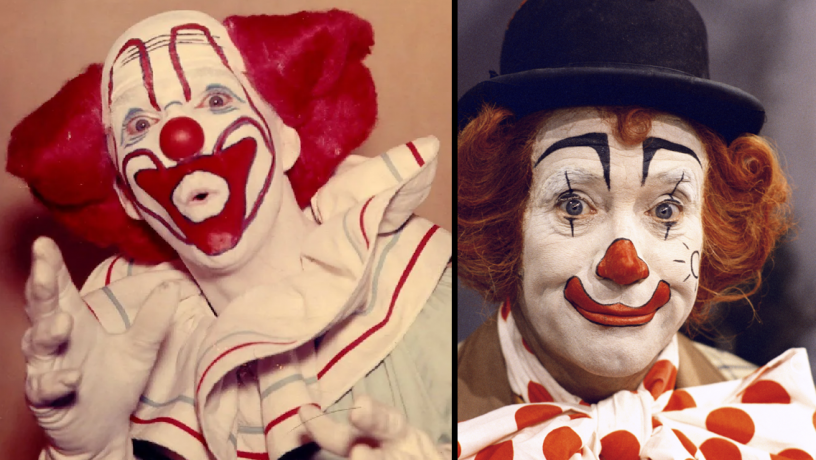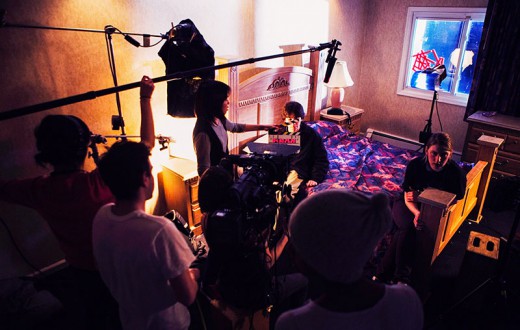For centuries, audiences have been captivated by the ancient and intriguing art form of clowning. A well-crafted clown character is the key to a successful performance, as it goes beyond mere makeup and costumes to create a special connection with the audience. This article will delve into the steps involved in creating a clown character, from developing a unique personality to establishing a signature style. Whether you’re a seasoned clown or an actor interested in adding clowning to your skill set, these tips will assist you in crafting an unforgettable and captivating persona.
Understanding Clown Archetypes
Before diving into the process of creating a clown character, it is important to understand the various archetypes that exist within the world of clowning. Each archetype represents a different type of clown and embodies specific characteristics and traits. Some common clown archetypes include the Auguste, the Whiteface, the Tramp and the Character Clown.
The Auguste is known for their slapstick humor, exaggerated facial expressions, and chaotic energy. They are often the “clumsy fool” who gets into humorous and mishap-filled situations. The Whiteface, is elegant, sophisticated and precise. They rely on visual gags, illusions and skillful manipulation to entertain the audience. The Tramp clown is characterized by their tattered clothing, downtrodden appearance and bittersweet humor. They often evoke empathy and play on the contrasts between comedy and tragedy. The Character Clown represents a specific character, such as a bumbling chef, a mischievous child or an eccentric inventor. They rely on specific mannerisms and traits to bring their character to life.
Choosing Your Clown Archetype
Selecting the right archetype is crucial when developing a clown persona. It should align with your comedic style and personal strengths, as well as the type of humor you want to convey. Experimenting with various archetypes allows you to discover their distinctive traits and how they match your personality. Once you find an archetype that resonates with you, your clown character will feel genuine and effortless.
Developing the Personality
After selecting your archetype, the next step is to build your clown character’s personality. Begin by brainstorming and reflecting on their background, peculiarities and motivations. What motivates your clown? What are their aspirations, anxieties and hopes? Are they cunning, pure or knowledgeable? By exploring these aspects, you can form a multi-faceted personality that enhances the intricacy and richness of your clown character.
Consider incorporating contrasting elements into your clown’s personality. A mix of strengths and weaknesses, virtues and flaws, can create an engaging and relatable character. For example, a clumsy and lovable Auguste clown might have a heart of gold but consistently finds themselves causing accidental chaos. Embrace the contradictions and idiosyncrasies that make your character unique.
Physicality and Movement
The physicality of your clown character is crucial in conveying their personality and comedy. Explore different physical mannerisms, gestures and movements that align with your character’s traits. Experiment with exaggerated facial expressions, body language and comedic timing to enhance the comedic impact of your performance.
Pay attention to your body posture, gait and use of space. Does your clown character move with a light and bouncy step, or do they have a heavy and deliberate stride? How do they interact with objects and other characters on stage? Use your body as a tool to communicate emotions, intentions and comedic moments.

Costuming and Makeup
When selecting a costume, consider the colors, patterns, and style that reflect your character’s traits. Bright and vibrant colors often evoke a sense of joy and playfulness, while mismatched or tattered clothing can add to the charm of a Tramp clown. Pay attention to the fit and comfort of the costume to ensure ease of movement during performances.
Makeup is an essential aspect of creating a clown character. Experiment with different makeup styles and designs that accentuate your clown’s features and express their personality. The makeup can range from simple and minimalistic to elaborate and exaggerated, depending on the desired effect. Consider using face paint, exaggerated eyebrows and oversized features to enhance facial expressions and create visual impact.
It’s important to remember that makeup and costuming should complement your character rather than overpower it. The goal is to create a cohesive and visually striking appearance that enhances the comedy and uniqueness of your clown.
Developing a Signature Style
To truly make your clown character memorable, you want to develop a signature style that sets you apart from other clowns. This can be achieved through a combination of unique gags, catchphrases, or specific routines that become synonymous with your character. Experiment with different comedic techniques, such as physical comedy, wordplay, or audience interaction, to find the style that resonates with you and showcases your clown’s personality.
As you develop your signature style, consider your strengths as a performer and the comedic elements that elicit the most laughter and audience response. Refine and polish your routines through practice and audience feedback, constantly striving to improve and add new elements to keep your performances fresh and engaging.
Building a Relationship with the Audience
To create a memorable and entertaining experience, clowning requires a strong connection with the audience. This highly interactive art form involves engaging with the audience through direct communication, physical gestures and eye contact. To involve them in your routines, invite their participation and respond to their reactions.
Continued Growth and Exploration
Creating a clown character is an ongoing process of growth and exploration. As you perform and receive feedback, continue to refine and develop your character’s personality, physicality and comedic style. Embrace opportunities to collaborate with other clowns, attend workshops, and learn from experienced practitioners to expand your knowledge and skills.
Keep in mind that the fundamental aspect of being a clown involves making others laugh and feel happy. Embrace the fun, openness and inventiveness that come with clowning, and allow your individual clown persona to shine brightly.
With dedication, practice and a touch of humor, your clown character will bring laughter and joy to audiences for years to come.







